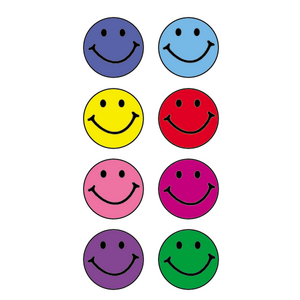Standardized tests have not only been the subject of intense controversy among educators, but also the cause of much teeth-gnashing among students. And it’s understandable. If individuals are unique and learning styles and ways of understanding varied, how then can a standardized test accurately measure what a student knows?
There is a story of a first grade teacher, who held up a red apple to her class of 30 eager students and asked, “What color is this apple?” Twenty-nine of the students replied, “It’s red,” while one brave soul countered, “It’s red and white.” “Oh,” the teacher responded, “I don’t see any white,” to which the student replied, “That’s because you have to bite it!”
A cautionary tale to be sure and one that demonstrates that there are multiple ways in which to know and that they can all potentially be correct. For this reason, it’s critical that both educators and students understand what standardized tests seek to measure and the best strategies to prepare for and take these kinds of tests.
The vast majority of standardized tests that students encounter during their academic careers, including the California Achievement Test, the Iowa Test, and the Stanford Achievement Test are norm-referenced tests. Norm-referenced tests compare and rank students in a particular grade with other students in that same grade. By doing this, educators can get a quick snapshot of where their students stand and to what extent their scores deviate from the average or the norm.
The content contained on standardized tests is aligned with statewide curriculum standards and vice versa. If a skill set appears in your content standards, it is reasonable to expect that it may appear on a standardized test. To put it another way, you will never find this on a fourth grade standardized test:
(4x – 2×2 – 7xy) + (2×2 + 5xy)
. . . and if you do, it probably means that you are having a nightmare! (By the way, the answer is
4x – 2xy.) However, this is a different story:
63
x 59
_____
And the reason is clear. The addition and subtraction of polynomials is not part of the fourth grade core content for math, while the multiplication of two-digit numbers is.
It is imperative that students understand how standardized tests are scored, what they measure and the kinds of material they will encounter. By sharing this behind-the-scenes aspect of standardized tests with your students you will help to empower them by demystifying the tests themselves, and reducing the high anxiety often associated with them.
Standardized tests can be effective measurement tools. Over the years great steps have been taken to improve standardized testing; for instance, paying particular attention to bias in order to create tests that are not only more equitable, but also to provide students with an array of strategies that they can use in test-taking situations.
The next few upcoming posts will be aimed at helping educators and students prepare for standardized tests by providing general information on test-taking strategies, tips on stress and anxiety reduction, and recommended resources for successful test-taking, so stay tuned!


